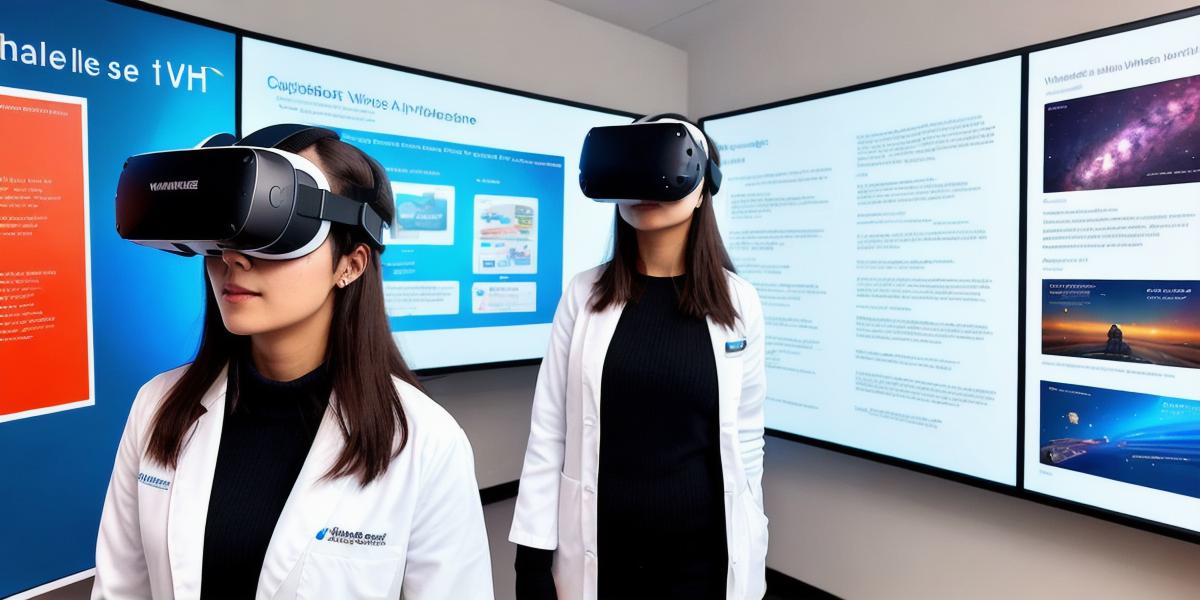Title: Revolutionizing Education with Virtual Reality: How Simulated Reality Developers are Changing the Game
Virtual reality (VR) technology has been transforming various industries, including gaming and healthcare, for years. However, it’s only recently that VR has started to gain traction in education. With virtual reality, students can experience learning environments beyond their classrooms, making learning more interactive, immersive, and engaging. In this article, we will explore how simulated reality developers are revolutionizing education with virtual reality.
Virtual Reality in Education: A Brief Overview
Virtual reality technology allows users to create a 3D environment that can be experienced as if it were real. This technology is being used in education to create immersive learning environments that simulate real-world scenarios and experiences. For example, students can take virtual field trips to different parts of the world or even explore outer space.
One of the key benefits of using virtual reality in education is that it allows students to learn in a more engaging and interactive way. Traditional classroom teaching methods often rely on lectures and reading, which can be monotonous and unengaging for some students. Virtual reality technology provides an opportunity for students to actively participate in their learning, making it more enjoyable and effective.
Case Studies: How Simulated Reality Developers are Changing the Game
There are several examples of how simulated reality developers are revolutionizing education with virtual reality. One such example is Google Expeditions, a VR-powered app that allows students to take virtual field trips from their classrooms. With this app, students can explore different parts of the world and even experience historical events as they happened. This technology has been shown to improve student engagement and motivation, leading to better learning outcomes.
Another example is the use of VR in medical training. Medical schools are now using virtual reality simulations to train students on surgical procedures and other medical practices. These simulations provide a safe and controlled environment for students to practice their skills without risking patient safety. This technology has been shown to improve student learning outcomes and reduce the number of medical errors made during real-world procedures.
The Future of Virtual Reality in Education: Challenges and Opportunities
While virtual reality technology is still in its early stages, it holds immense potential for revolutionizing education. However, there are also challenges that must be addressed to ensure the successful adoption of this technology in classrooms. One such challenge is the cost of VR equipment, which can be prohibitively expensive for schools with limited budgets.
Another challenge is the need for trained educators who can effectively integrate virtual reality into their lesson plans. Without proper training, teachers may struggle to use VR technology effectively, leading to a lack of engagement and motivation among students.
Despite these challenges, there are also many opportunities for simulated reality developers to revolutionize education with virtual reality. As the technology continues to advance and become more affordable, it will likely become an increasingly popular tool for educators looking to make learning more engaging and effective.
Conclusion: Revolutionizing Education with Virtual Reality
Virtual reality technology has enormous potential to transform education by providing immersive and interactive learning environments that simulate real-world experiences. While there are challenges to overcome, the benefits of using virtual reality in education are clear. By working together, simulated reality developers and educators can revolutionize the way students learn and prepare them for success in an ever-changing world.
